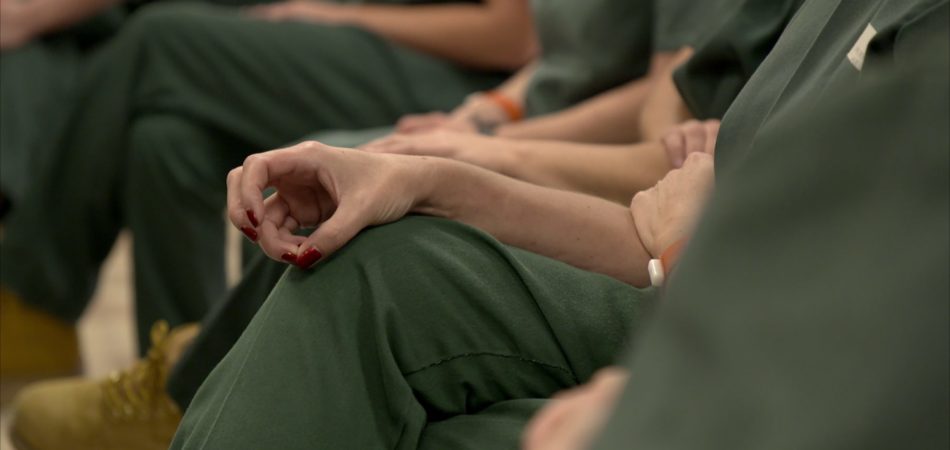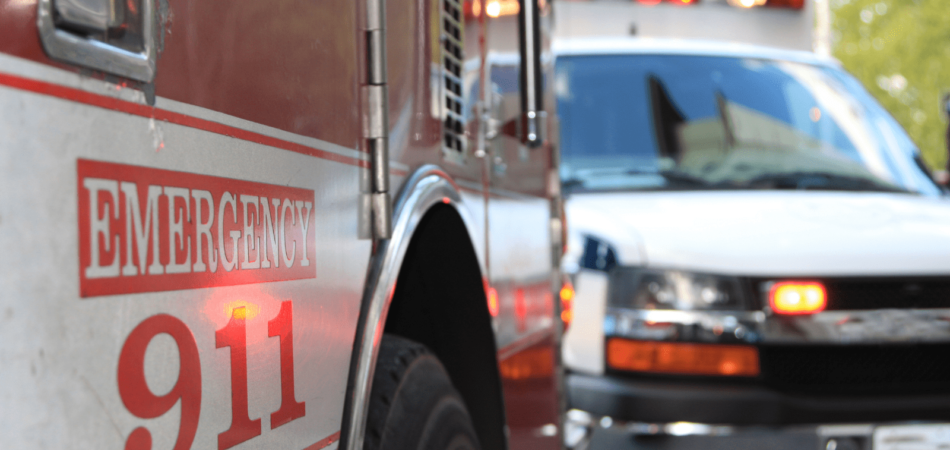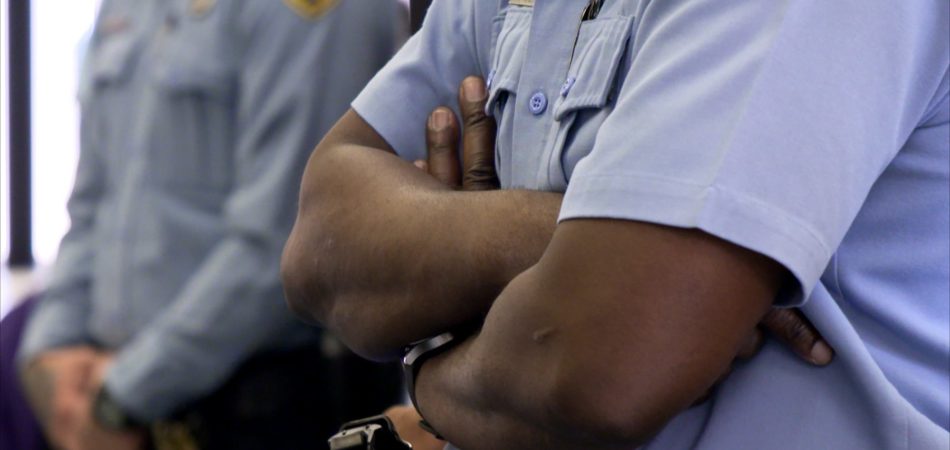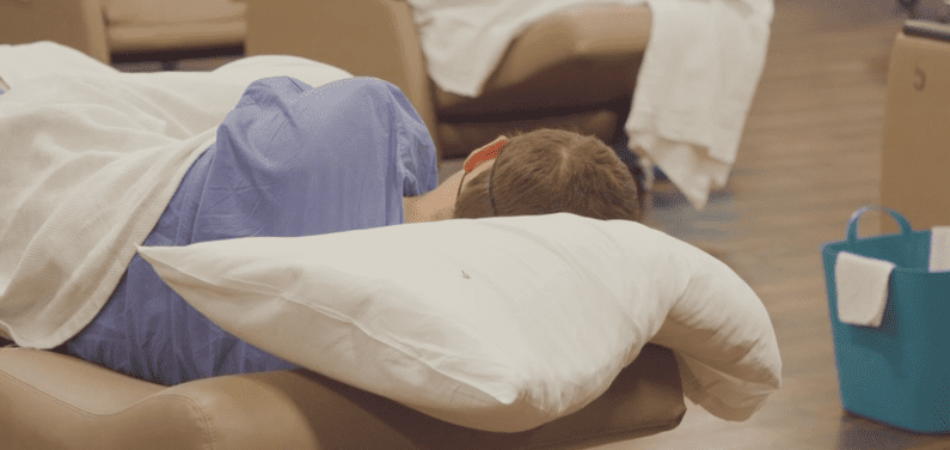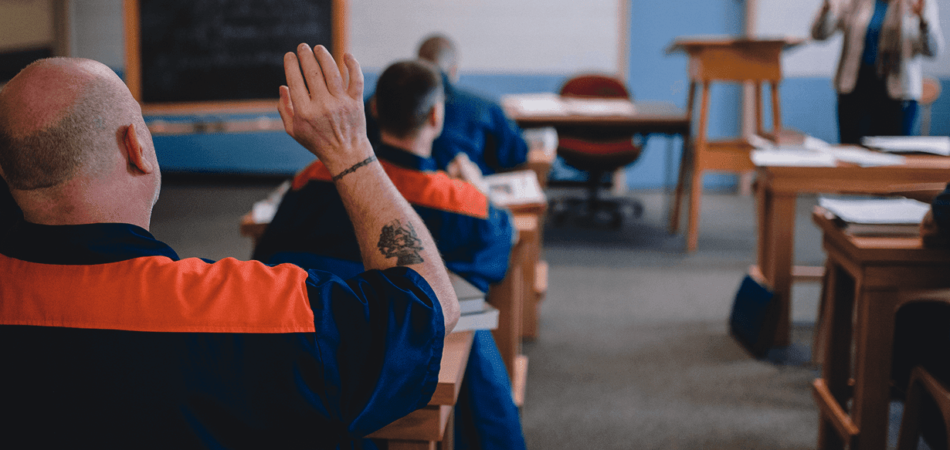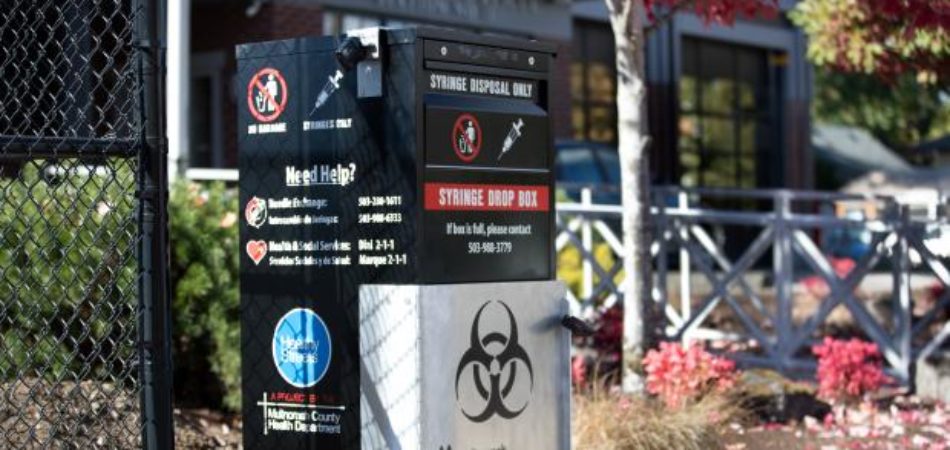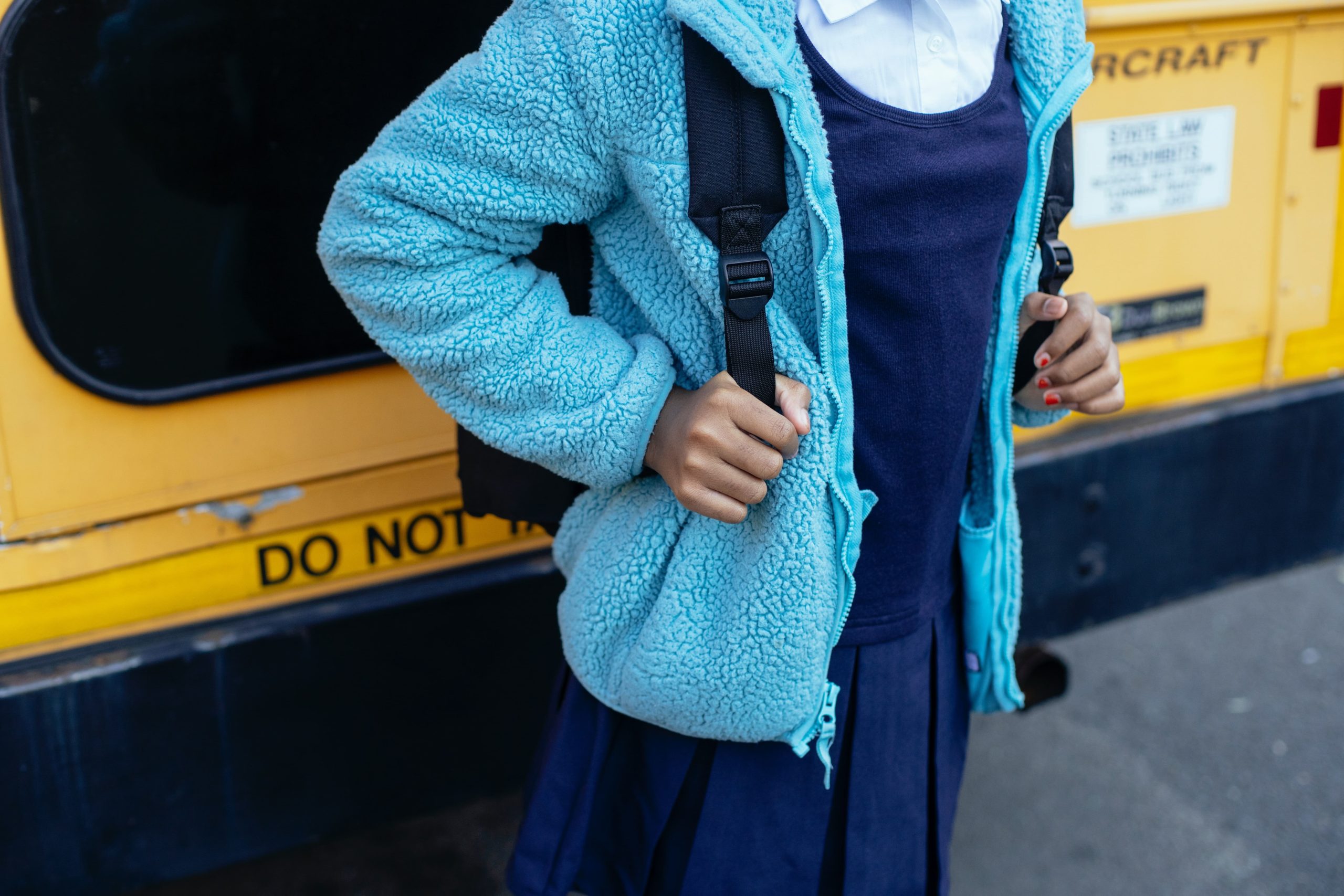
Building a More Equitable Juvenile Justice System for Everyone
Earlier this month, while breaking up a fight between two teenage boys in a New Jersey mall, police officers pinned and handcuffed one of the youths, letting the other boy sit by himself on a couch nearby. The 14-year-old boy thrown to the ground was Black; the boy left alone to wait was not. After the incident was posted online, generating nationwide outrage, the governor of New Jersey stated there “appears to be racially disparate treatment in this video.”
Sadly, racially disparate treatment of youth within the juvenile justice system is far too common. Black youth are overrepresented across all aspects of the juvenile justice system. Black youth account for 30 percent of all referrals to juvenile court, though they only make up 16 percent of the youth population overall. These disparities even exist for expected and normal teenage behaviors, such as staying out past curfew. The intersection of race and gender compounds these inequities. Black girls are charged with non-law-breaking behaviors—truancy, running away, breaking curfew—at a higher rate than any other demographic group.
While there are many factors, both inside and outside of the juvenile justice system, that drive these inequities, racial disparities in decisions about which young people to arrest can have significant long-term consequences. Being arrested often leads to greater overall juvenile justice involvement for youth, which results in its own harm and collateral consequences, including barriers to future education, housing, and employment. For many Black youth, before they have reached voting or even driving age, their involvement with the juvenile justice system has created hurdles to accessing essential resources and supports that will persist for a lifetime.
As part of our mission, The Council of State Governments (CSG) Justice Center is helping many states and counties make an honest assessment of the disparities and create a more equitable juvenile justice system for everyone. Across the country, jurisdictions are employing numerous strategies, including the following:
- Analyzing key data to understand where racial inequities exist and developing targeted plans to address their drivers
- Connecticut is developing a dashboard to identify racial inequities across its juvenile justice system and will use this information to inform ongoing reforms.
- Ensuring police and school resource officers (SROs) are trained in youth development, mental health, anti-racism, and trauma response
- Kansas requires SROs to be trained in adolescent development, risk and needs assessments, mental health, diversity, youth crisis intervention, substance use prevention, trauma-informed responses, and other evidence-based practices in school policing that explicitly aim to minimize student exposure to the juvenile justice system.
- Integrating youth, family, and community voices into decision-making through collaborative councils with courts, behavioral health service providers, and other relevant stakeholders
- The Texas Building Bridges Initiative establishes partnerships between families, treatment providers, and policymakers to ensure that services and supports are family-driven, culturally competent, evidence-informed, and aligned with research on sustained positive outcomes.
- Reforming juvenile justice practices to decriminalize so-called “status offenses,” which include non-illegal behaviors like truancy or breaking curfew
- North Dakota decriminalized all status offenses and created a new category called “child in need of services” to create a pathway to refer youth to services outside the court system.
- Raising the minimum age of prosecution to keep young children out of the juvenile justice system
- At least 15 states have passed laws that prohibit children younger than 10 from being processed in juvenile court.
- Establishing limits on use of force for youth to prevent causing physical and emotional harm
- A handful of major city law enforcement agencies—Baltimore, Boston, Chicago, Miami, Nashville, New York, and others—prohibit the use of tasers on children unless there is an imminent threat to safety.
- Promoting prearrest diversion opportunities, including developing culturally specific diversion pathways and responses
- Florida established a civil citation program for youth who commit misdemeanor offenses, where they will receive a simple warning or civil citation instead of being arrested. As a part of this effort, Florida measured diversion opportunities by race and gender. Of first-time eligible arrests in 2021, 69 percent of Black, 71 percent of Hispanic, and 62 percent of White youth were diverted.
- Establishing non-law-enforcement responses for youth in crisis, such as youth mobile crisis teams, which can reduce emergency department visits and prevent youth from entering the juvenile justice system
- Connecticut funds regional youth mobile crisis teams that are deployed to homes, schools, and other community locations to provide in-person crisis stabilization services and linkage to ongoing care.
Racial inequities regarding the policing of children, and the subsequent disparities in their treatment within the juvenile justice system, have been problems in this country for far too long. It is encouraging that many states and counties are not only recognizing these issues but are taking action. At the CSG Justice Center, we are committed to providing research-driven, data-informed solutions to our partners to continue building safer and stronger communities for everyone, especially our youth.
Authors


A positive school experience, where a child feels secure, is essential for their well-being. However, for many children…
Read MoreWhen returning to their communities from criminal justice settings, people with behavioral health needs face barriers in accessing…
Read More Supporting Children of Incarcerated Parents: Reimagining School and Community Collaboration
Supporting Children of Incarcerated Parents: Reimagining School and Community Collaboration
A positive school experience, where a child feels secure, is essential for their well-being. However, for many children with incarcerated parents—one in 14 in the U.S.—school can feel far from safe due to stigma, trauma, and a lack of understanding.
Read More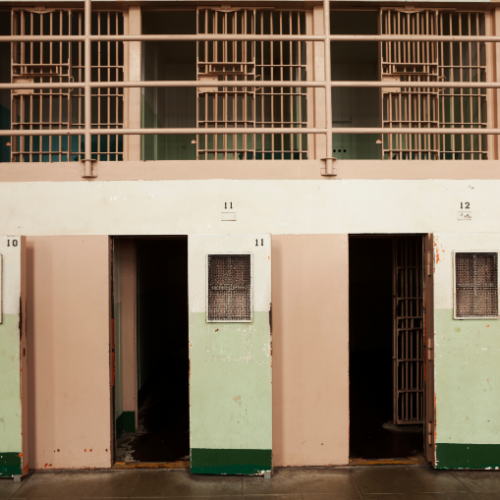 Bridging Communities and Correctional Systems: Q&A with CSG Justice Center Advisory Board Member Commissioner Nicholas Deml
Read More
Bridging Communities and Correctional Systems: Q&A with CSG Justice Center Advisory Board Member Commissioner Nicholas Deml
Read More
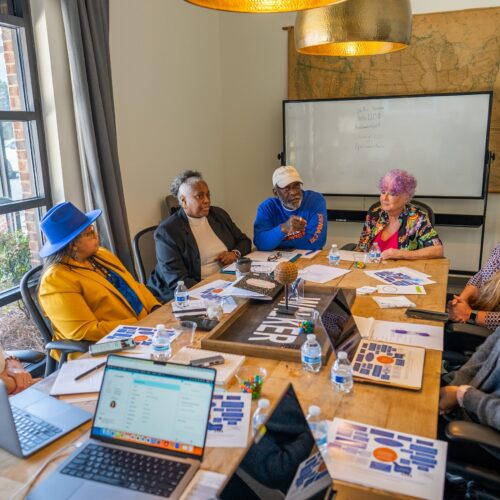 Assigned to the Cloud Crew: The National Incarceration Association’s Hybrid Case Management for People with Behavioral Health Needs
Assigned to the Cloud Crew: The National Incarceration Association’s Hybrid Case Management for People with Behavioral Health Needs
When returning to their communities from criminal justice settings, people with behavioral health needs face barriers in accessing basic needs—including food, housing, employment, transportation, education, clothing, and substance use and mental health services—which increases their risk of experiencing a crisis.
Read More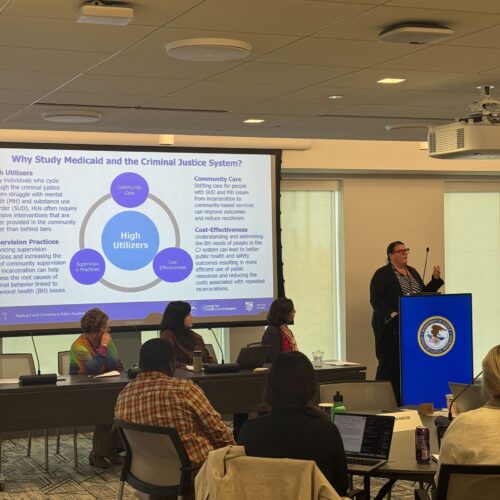 Meet the Medicaid and Corrections Policy Academy Mentor States
Meet the Medicaid and Corrections Policy Academy Mentor States
New Hampshire Department of Corrections Commissioner Helen Hanks presents at the Medicaid and Corrections Policy Academy in-person meeting.
Read More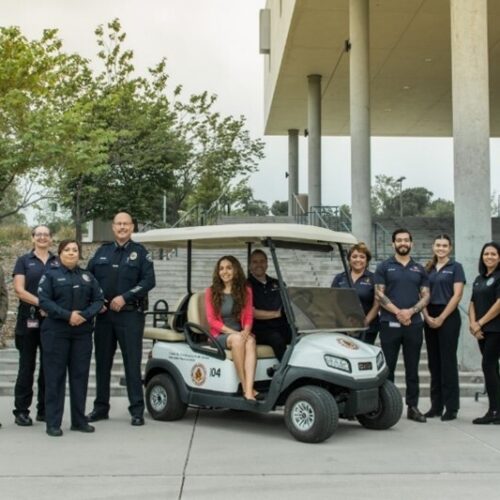 Taking the HEAT Out of Campus Crises: A Proactive Approach to College Safety
Taking the HEAT Out of Campus Crises: A Proactive Approach to College Safety
The sharp rise in school shootings over the past 25 years has led school officials across the U.S. to take a closer look at ways to keep students safe. For Chaffey College in Rancho Cucamonga, California, a tragic incident at a nearby university hit close to home and spurred campus leaders to revisit their own school’s threat assessments and crisis responses.
Read More